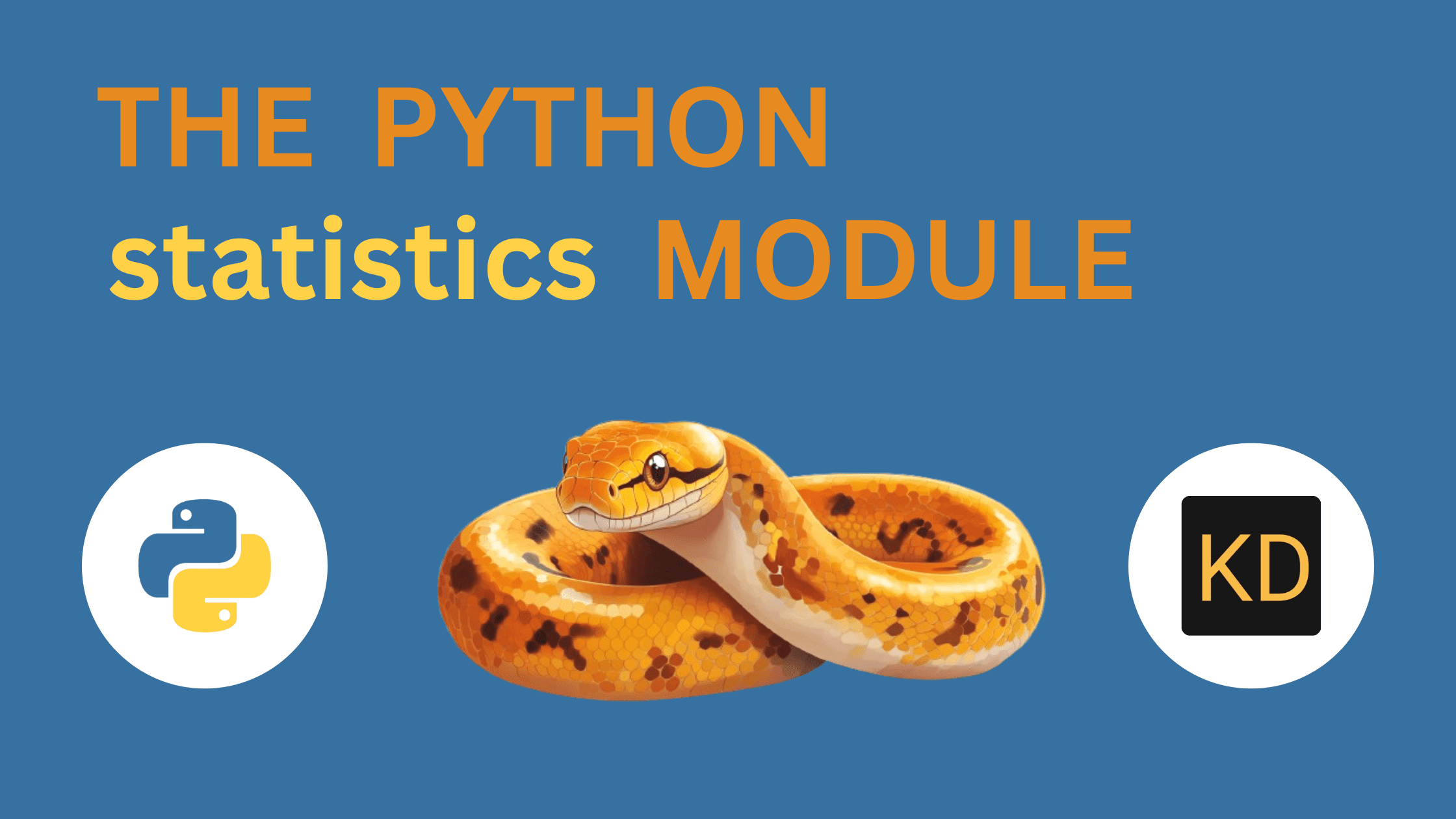A Comprehensive Guide to AI Development: Tools, Techniques & Trends
Artificial Intelligence (AI) has transformed from a futuristic concept to a critical component of modern technology. AI development now plays a pivotal role across industries, helping businesses enhance operations, improve decision-making, and deliver innovative solutions. For developers, organizations, and tech enthusiasts, understanding the tools, techniques, and emerging trends in AI development is essential to staying competitive. This comprehensive guide aims to demystify the world of AI development, providing insights into the best tools, cutting-edge techniques, and the latest industry trends. Whether you’re a seasoned AI professional or a beginner, this blog will equip you with the knowledge needed to navigate the complex yet fascinating field of artificial intelligence. Let’s dive into the key components driving AI’s evolution and explore practical steps to leverage its potential. Understanding AI Development Definition and Scope of AI Development AI development involves designing systems that mimic human intelligence to perform tasks like learning, problem-solving, and decision-making. It encompasses various domains such as machine learning, natural language processing, and computer vision. Key Components Algorithms: The backbone of AI, enabling machines to process data and make decisions. Data: High-quality, large datasets are essential for training AI models. Computing Power: Advanced hardware and cloud-based solutions like OpenLedger-powered systems ensure efficient AI processing. Essential Tools for AI Development Popular Frameworks and Libraries TensorFlow: Known for its flexibility and scalability. PyTorch: Popular for its user-friendly interface and dynamic computation graph. Keras: Ideal for beginners due to its simplicity. Scikit-learn: Offers tools for data analysis and preprocessing. Comparison and Use Cases TensorFlow and PyTorch excel in deep learning projects. Keras is perfect for prototyping models quickly. Scikit-learn works well for traditional machine learning tasks like regression and classification. Techniques in AI Development Machine Learning and Deep Learning Basics Machine learning focuses on building algorithms that improve over time. Deep learning, a subset of machine learning, uses neural networks to process complex data. Natural Language Processing (NLP) and Computer Vision NLP enables machines to understand and respond to human language. Computer vision focuses on analyzing and interpreting visual data from images or videos. Model Training and Optimization Techniques Techniques like hyperparameter tuning, regularization, and transfer learning play a pivotal role in enhancing model accuracy and performance. Trends in AI Development Rise of Generative AI Generative AI models like ChatGPT and DALL-E have opened new possibilities in content creation, design, and automation. AI Ethics and Responsible Development Developers are prioritizing ethical considerations, ensuring fairness, transparency, and accountability in AI systems. Future of AI in Autonomous Systems From self-driving cars to robotic assistants, AI’s role in autonomous systems continues to expand, promising significant societal impacts. Practical Steps to Start AI Development Recommended Learning Paths for Beginners Learn programming languages like Python. Explore online courses on machine learning and AI. Practice with open-source projects and datasets. Building Projects and Contributing to Open Source Engage in projects using frameworks like TensorFlow or PyTorch. Contribute to platforms like OpenLedger to gain hands-on experience and collaborate with the AI community. Conclusion AI development is a rapidly evolving field, offering endless opportunities for innovation and impact. By mastering tools like TensorFlow, embracing techniques like deep learning, and staying updated on trends such as generative AI, you can unlock new possibilities in your AI journey. Platforms like OpenLedger are shaping the future of AI by integrating blockchain technology, ensuring trust, transparency, and decentralized control in AI systems. Embrace the potential of AI to revolutionize industries and contribute to a smarter, more connected world.

Artificial Intelligence (AI) has transformed from a futuristic concept to a critical component of modern technology. AI development now plays a pivotal role across industries, helping businesses enhance operations, improve decision-making, and deliver innovative solutions. For developers, organizations, and tech enthusiasts, understanding the tools, techniques, and emerging trends in AI development is essential to staying competitive.
This comprehensive guide aims to demystify the world of AI development, providing insights into the best tools, cutting-edge techniques, and the latest industry trends. Whether you’re a seasoned AI professional or a beginner, this blog will equip you with the knowledge needed to navigate the complex yet fascinating field of artificial intelligence. Let’s dive into the key components driving AI’s evolution and explore practical steps to leverage its potential.
Understanding AI Development
Definition and Scope of AI Development
AI development involves designing systems that mimic human intelligence to perform tasks like learning, problem-solving, and decision-making. It encompasses various domains such as machine learning, natural language processing, and computer vision.
Key Components
Algorithms: The backbone of AI, enabling machines to process data and make decisions.
Data: High-quality, large datasets are essential for training AI models.
Computing Power: Advanced hardware and cloud-based solutions like OpenLedger-powered systems ensure efficient AI processing.
Essential Tools for AI Development
Popular Frameworks and Libraries
TensorFlow: Known for its flexibility and scalability.
PyTorch: Popular for its user-friendly interface and dynamic computation graph.
Keras: Ideal for beginners due to its simplicity.
Scikit-learn: Offers tools for data analysis and preprocessing.
Comparison and Use Cases
TensorFlow and PyTorch excel in deep learning projects.
Keras is perfect for prototyping models quickly.
Scikit-learn works well for traditional machine learning tasks like regression and classification.
Techniques in AI Development
Machine Learning and Deep Learning Basics
Machine learning focuses on building algorithms that improve over time. Deep learning, a subset of machine learning, uses neural networks to process complex data.
Natural Language Processing (NLP) and Computer Vision
NLP enables machines to understand and respond to human language.
Computer vision focuses on analyzing and interpreting visual data from images or videos.
Model Training and Optimization Techniques
Techniques like hyperparameter tuning, regularization, and transfer learning play a pivotal role in enhancing model accuracy and performance.
Trends in AI Development
Rise of Generative AI
Generative AI models like ChatGPT and DALL-E have opened new possibilities in content creation, design, and automation.
AI Ethics and Responsible Development
Developers are prioritizing ethical considerations, ensuring fairness, transparency, and accountability in AI systems.
Future of AI in Autonomous Systems
From self-driving cars to robotic assistants, AI’s role in autonomous systems continues to expand, promising significant societal impacts.
Practical Steps to Start AI Development
Recommended Learning Paths for Beginners
Learn programming languages like Python.
Explore online courses on machine learning and AI.
Practice with open-source projects and datasets.
Building Projects and Contributing to Open Source
Engage in projects using frameworks like TensorFlow or PyTorch. Contribute to platforms like OpenLedger to gain hands-on experience and collaborate with the AI community.
Conclusion
AI development is a rapidly evolving field, offering endless opportunities for innovation and impact. By mastering tools like TensorFlow, embracing techniques like deep learning, and staying updated on trends such as generative AI, you can unlock new possibilities in your AI journey.
Platforms like OpenLedger are shaping the future of AI by integrating blockchain technology, ensuring trust, transparency, and decentralized control in AI systems. Embrace the potential of AI to revolutionize industries and contribute to a smarter, more connected world.
What's Your Reaction?



















/cdn.vox-cdn.com/uploads/chorus_asset/file/25841856/Adobe_Premiere_Pro_Media_Intelligence_Search.jpg)






